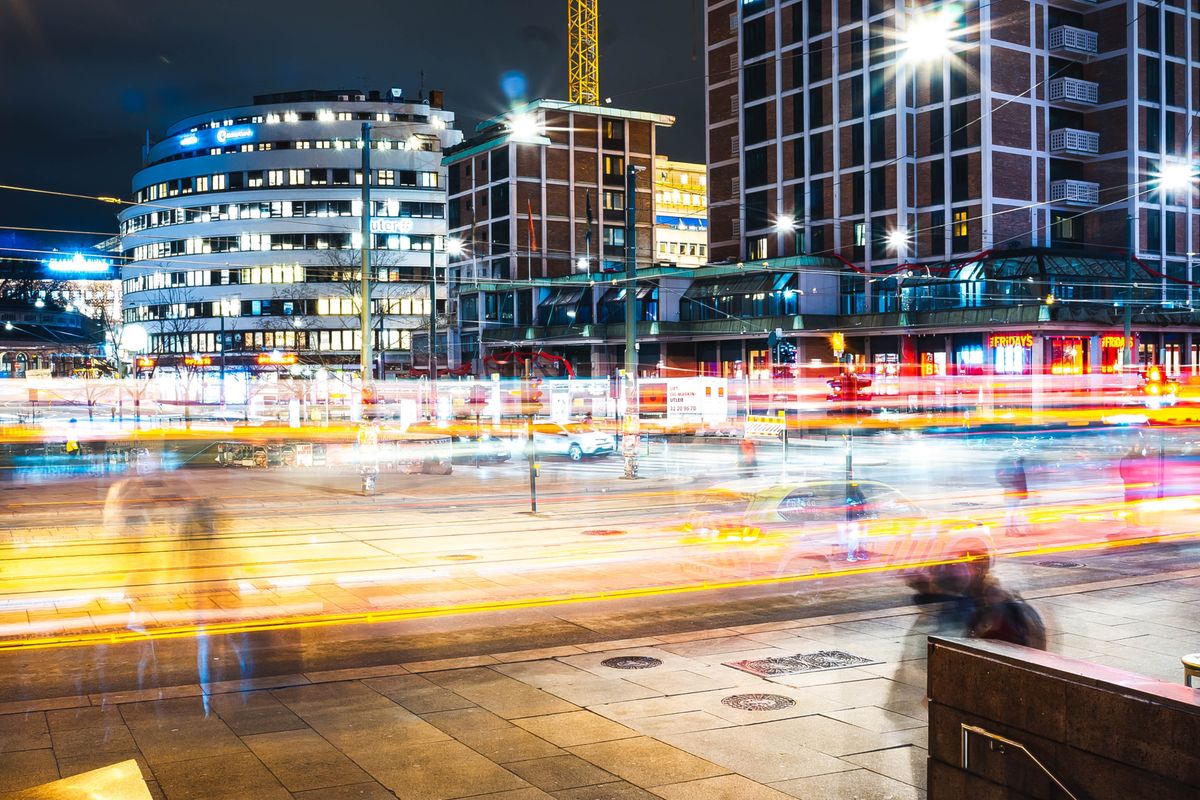How electric cars are changing our cities

I recently visited Oslo, the capital of Norway, to attend the Nordic EV Summit. My experience in this remarkable city inspired me to envision a future for all urban centers that prioritizes sustainability, tranquility, and improved quality of life.
As I strolled through Oslo, I was captivated by the city's calm and serene atmosphere. Despite the bustling streets teeming with people and traffic, everything seemed extraordinarily quiet.
Upon further exploration, I realized that the reason for this peaceful ambiance was the widespread use of electric vehicles (EVs). From electric cars to e-scooters and buses, Oslo's streets were brimming with quiet, eco-friendly transportation options. This, of course, is no accident. Norway has been a global leader in adopting electric vehicles, thanks to their progressive policies and incentives.
In comparison to Paris, the difference was striking. In the City of Lights, the noise from internal combustion engines (ICEs) dominates the soundscape, creating a constant background din we've accustomed to. My experience in Oslo made me realize, once again, how the transition to electric vehicles will dramatically change our cities' atmosphere in the coming years.
Imagine a future where the streets of Paris, New York, or any other major city are filled with the gentle hum of electric vehicles instead of the roar of traditional combustion engine vehicles. This change will not only create a more peaceful and enjoyable environment for citizens but also have profound effects on our health and well-being.
Noise pollution is a significant issue in urban areas, and studies have shown that it can lead to increased stress, sleep disturbances, and even cognitive impairment. By transitioning to electric vehicles on a large scale, we can significantly reduce noise pollution and improve the quality of life for everyone living in cities.
Moreover, the adoption of electric vehicles will also profoundly impact air quality. With no tailpipe emissions, EVs can help reduce smog and air pollution, which are significant contributors to respiratory and cardiovascular diseases. Cleaner air would result in healthier and happier citizens.
Of course, the transition to electric vehicles must be accompanied by a shift to renewable energy sources to ensure that we're not merely transferring pollution from one source to another. In this regard, Norway sets an excellent example, as almost all of its electricity is generated from renewable sources, primarily hydropower.
My trip to Oslo left me feeling inspired and excited about the future. The widespread adoption of electric vehicles, especially the lighter ones, and renewable energy has the potential to transform our cities into cleaner, quieter, and healthier spaces for all citizens.
I have believed in this vision for years, and I am thrilled to see it becoming a reality not only in Oslo but also in other countries in the future.